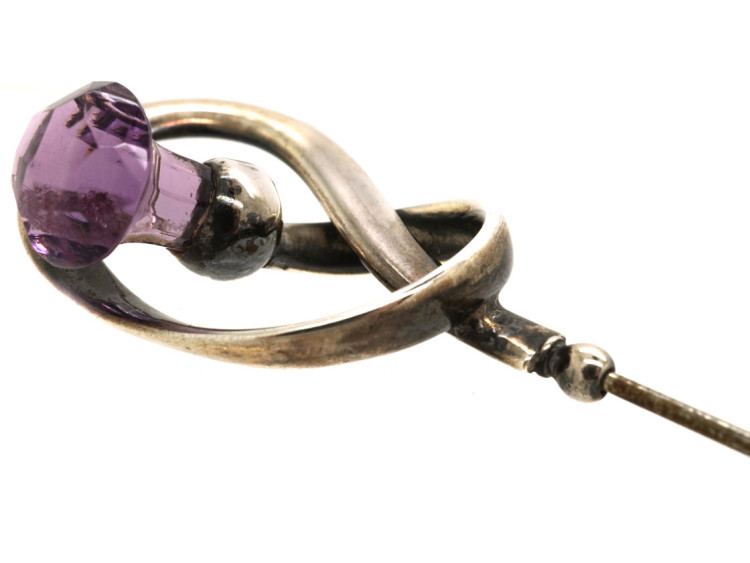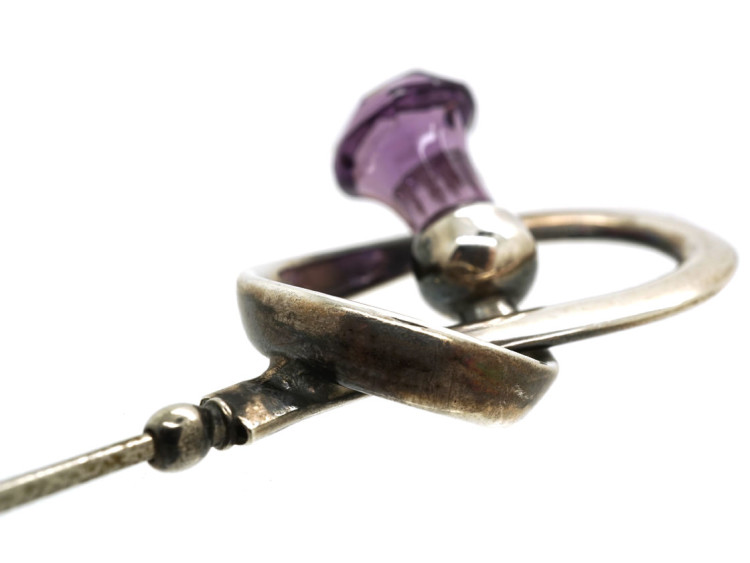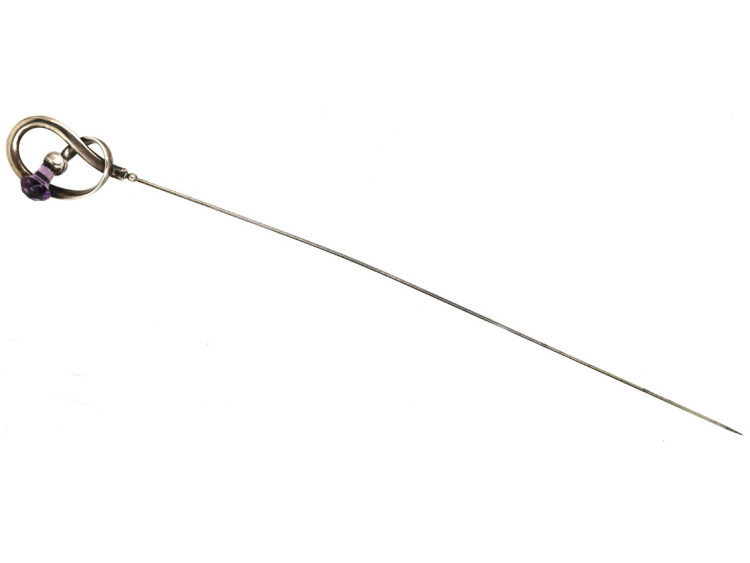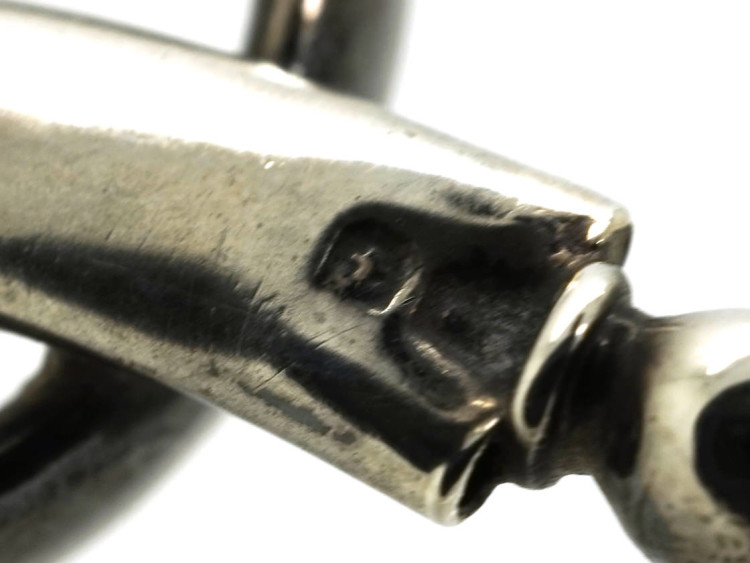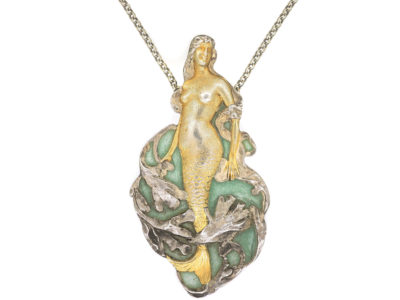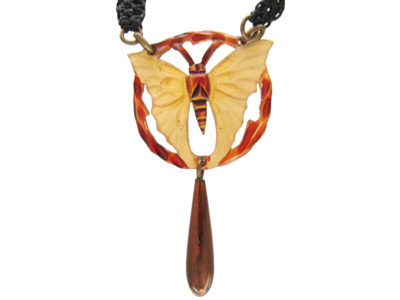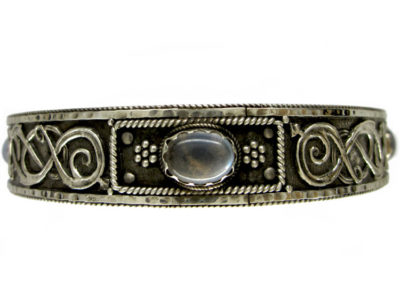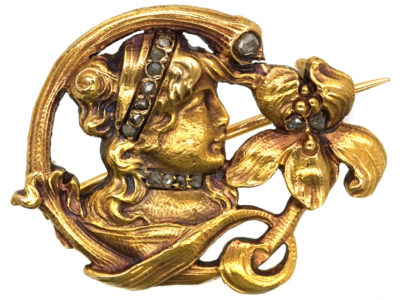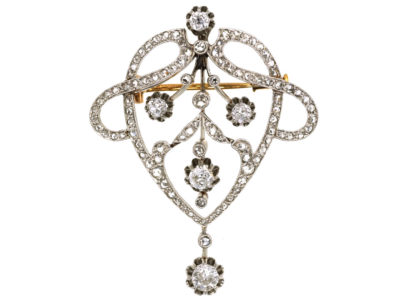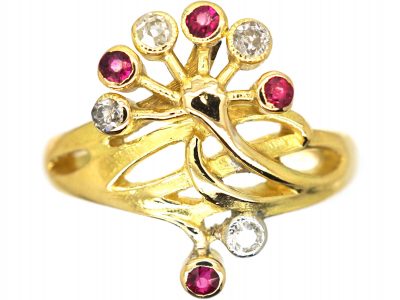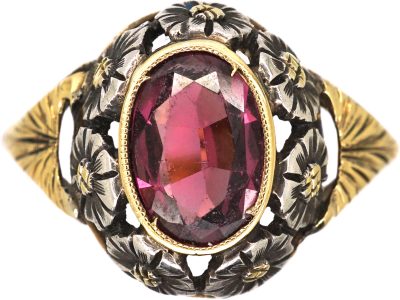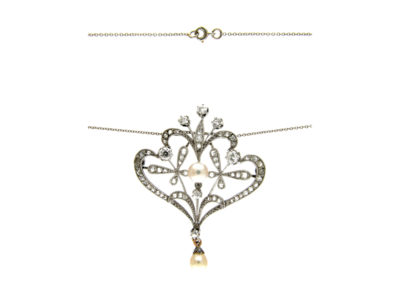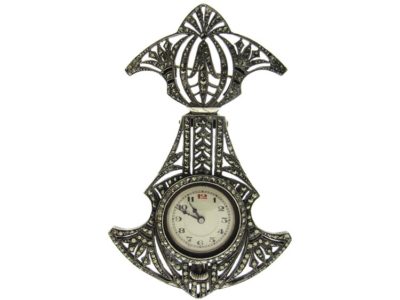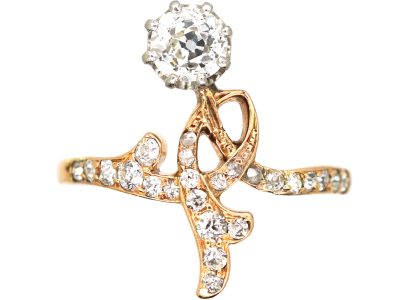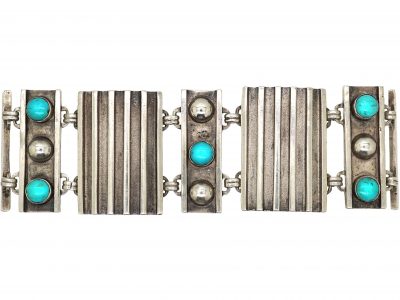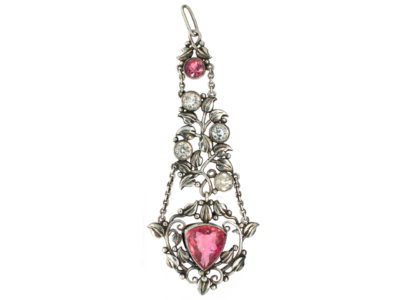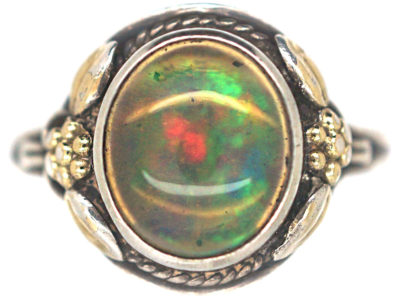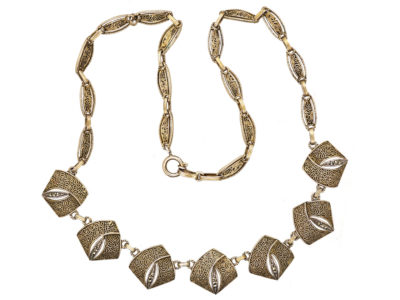Items over 100 years old
In Australia, import tax/duty do not apply when purchasing antiques aged over 100 years old. We declare these items as 'Personal adornment, over 100 years old', providing a signed and dated Antique Declaration form. Georgian and Victorian jewellery (around 40% of our inventory) falls into this category.
Items under 100 years old
For items under 100 years old you will be liable to pay local tax/duty or handling fees on imported goods. jewellery from periods other than Georgian and Victorian (around 60% of our inventory) falls into this category.
Prepayment of Duties & Taxes
To ensure as smooth and pain-free an experience as possible, we calculate all applicable customs, taxes and duties at checkout and add them to the total cost of the order. In doing so, we take on the responsibility of shipping logistics and customs clearances (using the DDP shipping arrangement) so you don't have to. Most importantly, it means your item/s will be with you as quickly as possible.
Please let us know if you are contacted by US Customs requesting supporting documents.




 Free Shipping
Free Shipping View All
View All
 Diamond Rings
Diamond Rings
 Sapphire Rings
Sapphire Rings
 Emerald Rings
Emerald Rings
 Ruby Rings
Ruby Rings




